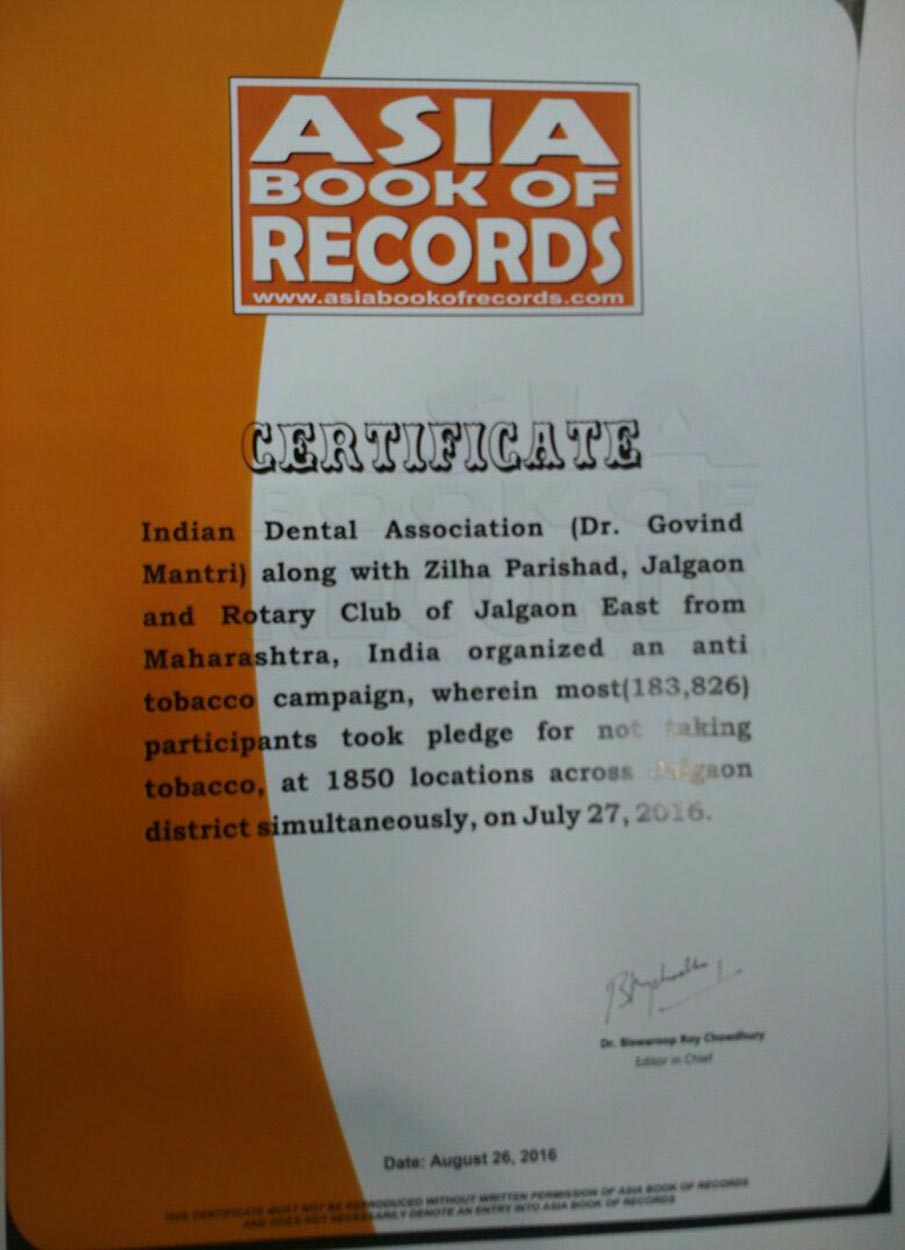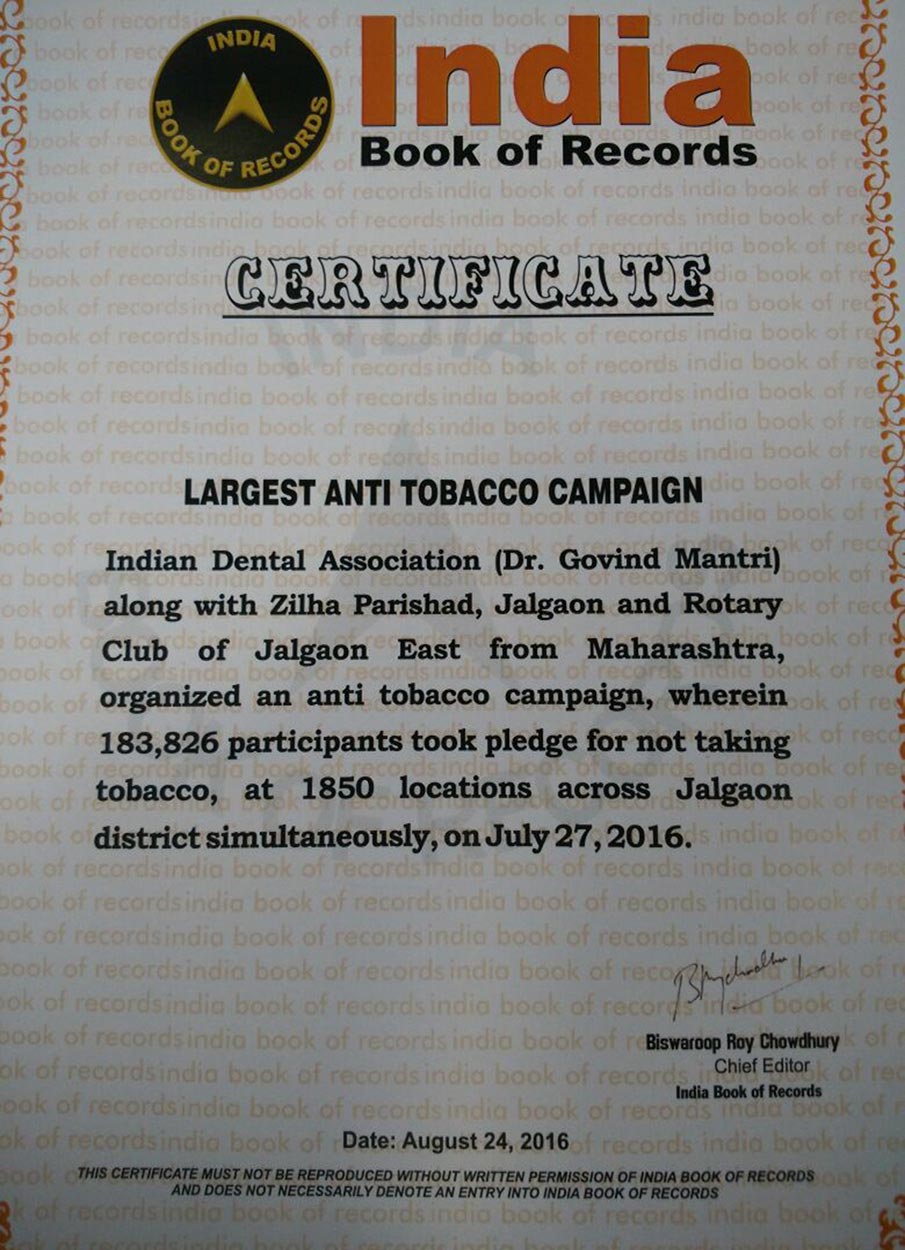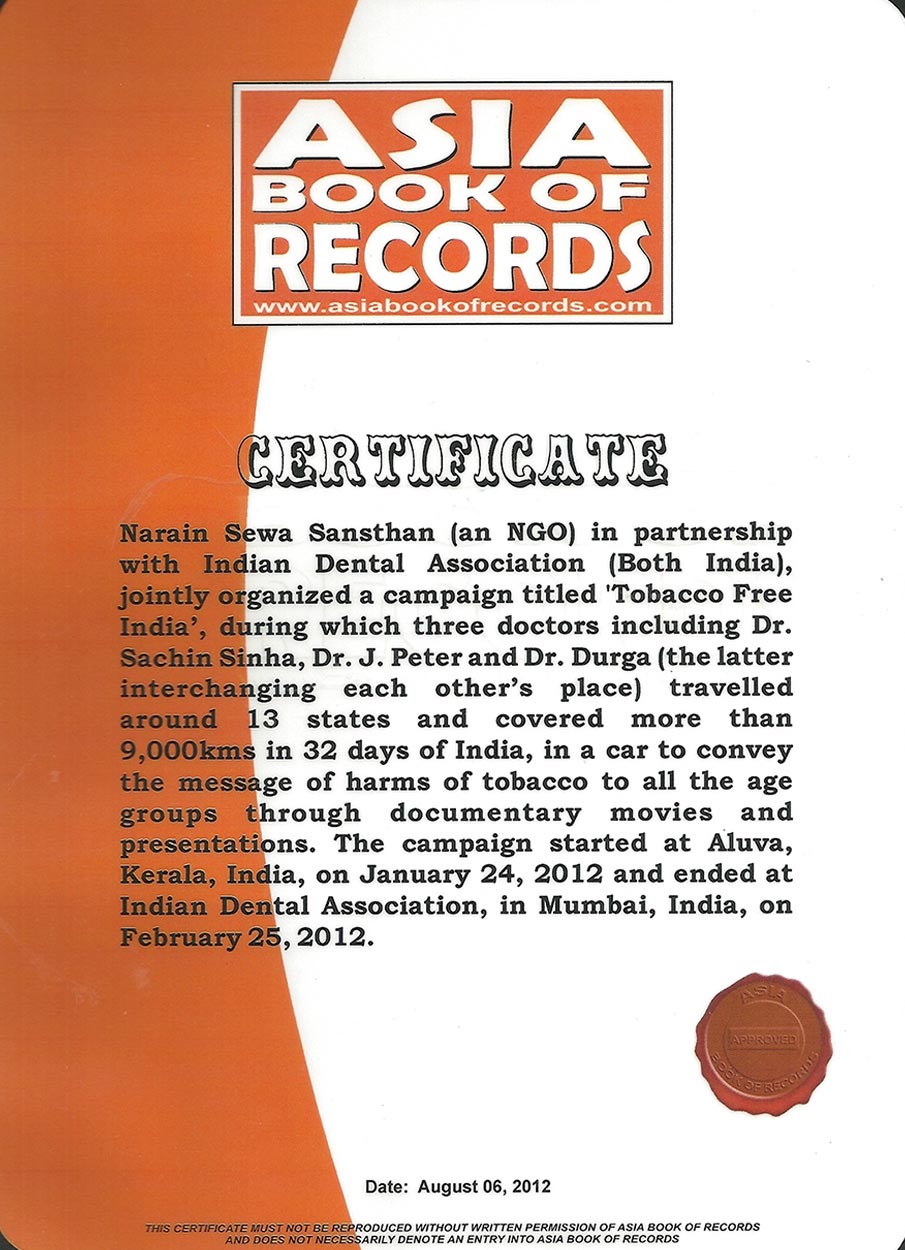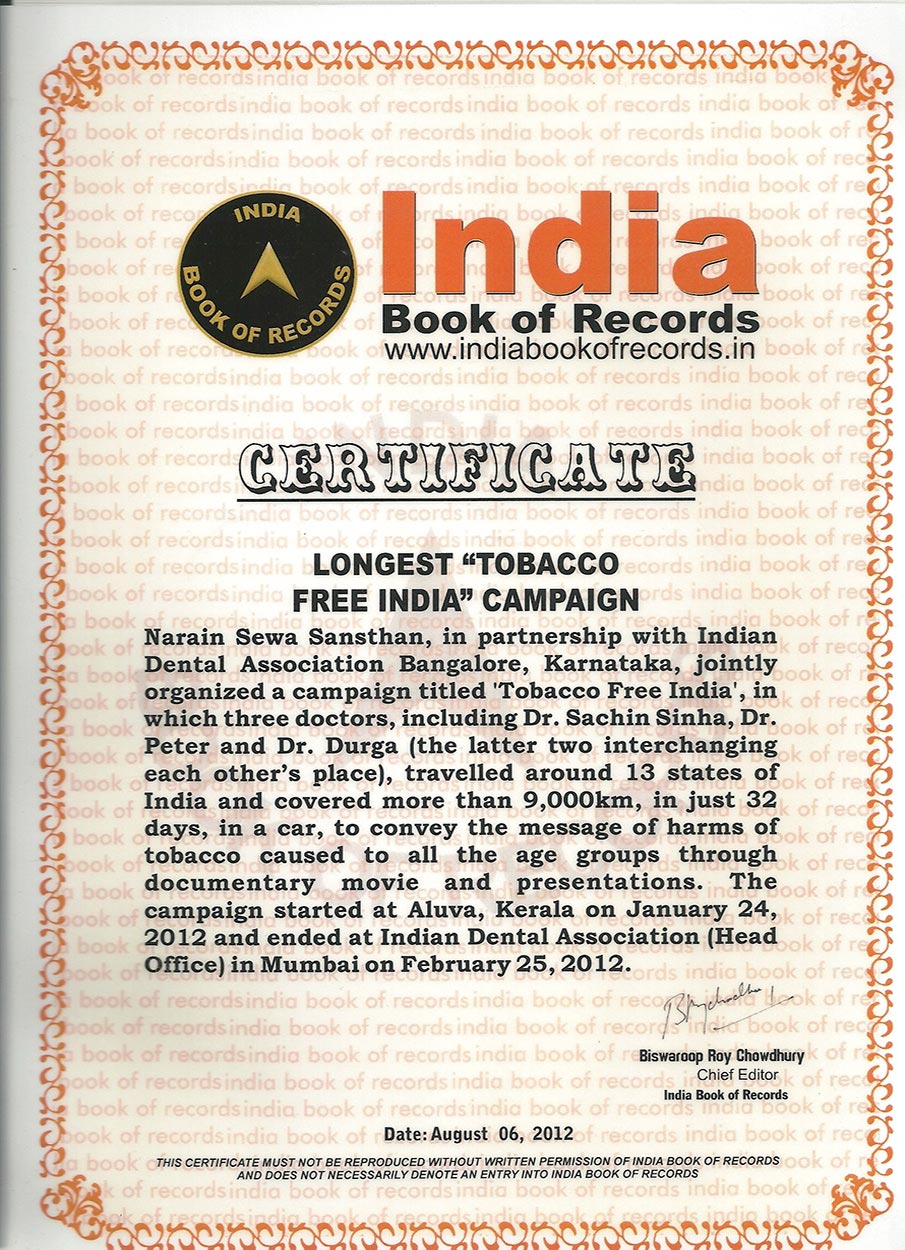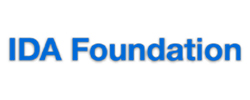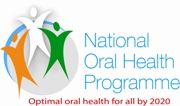Tobacco Production
India occupies the third position in the world with an annual production of about 800 million kgs. of the different types grown, flue-cured tobacco, country tobacco, burley, bidi.
Tobacco depletes the soil nutrients at a very rapid rate and displaces the indigenous flora and fauna thus becoming a source of pests for other crops.
Revenue Generation
The total central excise revenue from all tobacco products in the year 2011-12 amounted to only 17 percent (174 billion) of the estimated economic costs of tobacco.
Tobacco Users
Tobacco kills nearly one million people in India every year.
34.6% of adults in India are consuming tobacco in any form; 47.9% of males and 20.3% of females.
5500 children are initiate into using tobacco every day in India.
It pushes the poor into an endless cycle of poverty because of the ill health effects of tobacco.
Second Hand Smoke (SHS)
SHS is three- to four-times more toxic per gram of particulate matter than mainstream tobacco smoke.
52% of the adults (rural-58%, urban-39%) were exposed to Second Hand Smoking(SHS) at home.
Tobacco Related Diseases
Can be perceived under 3 main groups, namely, cardiovascular diseases (CVDs), pulmonary diseases, and cancer. Tobacco consumption also adversely affects reproductive health, digestive process, vision, bone metabolism, dental hygiene, and perhaps, diminished performance in virtually every functioning cell.
Treatment Costs
The total economic costs attributable to tobacco use from all diseases in India in the year 2011 for persons aged 35-69 years amounted to a staggering Rs. 1,04,500 crore.
Direct medical costs amounted to Rs. 16,800 crore and associated indirect morbidity cost Rs. 14,700 crore.
The cost from premature mortality was estimated at Rs. 73,000 crore.
(These figures are as per the study conducted by Public Health Specialists for WHO and MoHFW and released on 29th May 2014 by the Former Union Health Minister, Dr. Harsh Vardhan)
Monetary Losses Iincurred to Government's Preventive Treatment
Cardiovascular Diseases (CVDs): Rs. 3,600 crores;
Respiratory Diseases (excluding Tuberculosis): Rs. 2,800 crores;
Tuberculosis: Rs. 2,300 crores;
Cancers: Rs. 1,400 crores
(These figures are as per the study conducted by Public Health Specialists for WHO and MoHFW and released on 29th May 2014 by the Former Union Health Minister, Dr. Harsh Vardhan)
Price Hike
10% increase in bidi prices could reduce rural bidi consumption by 9.2% and a 10% increase in cigarette prices could reduce rural cigarette consumption by 3.4%.




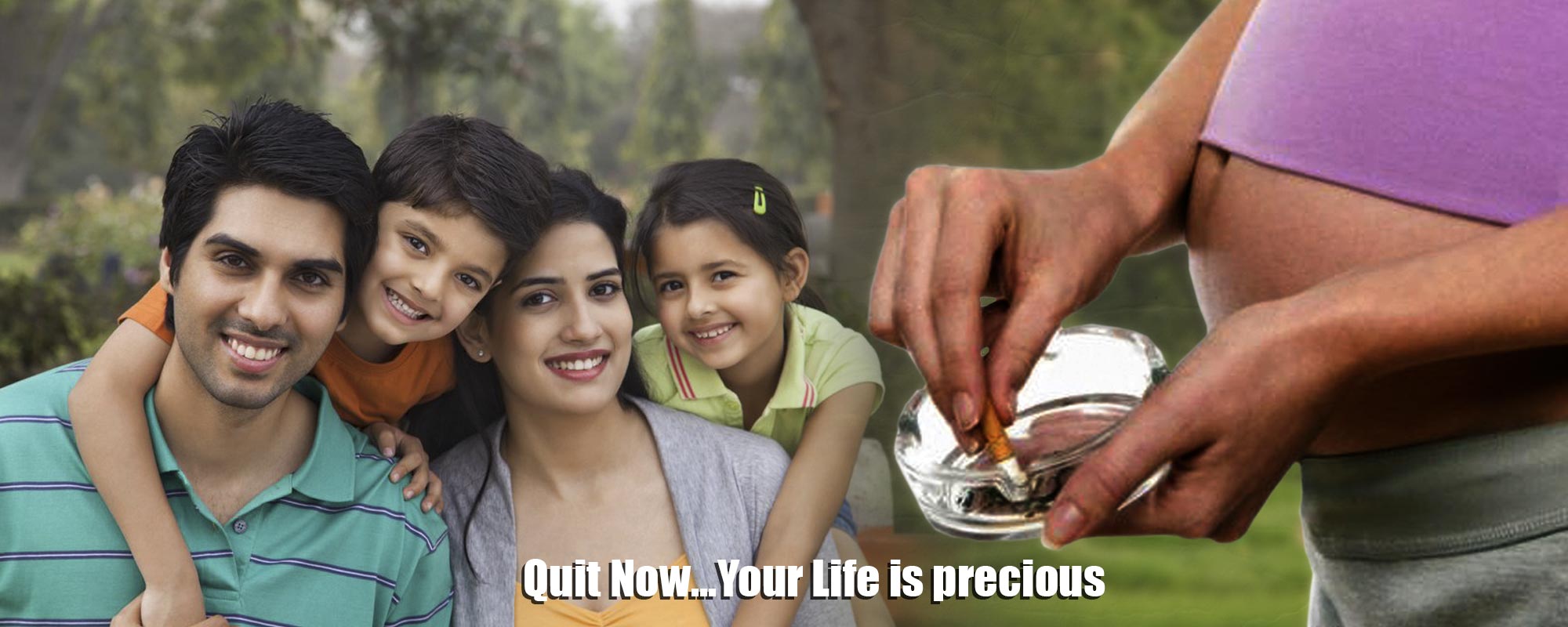




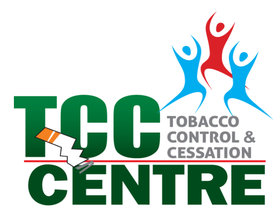
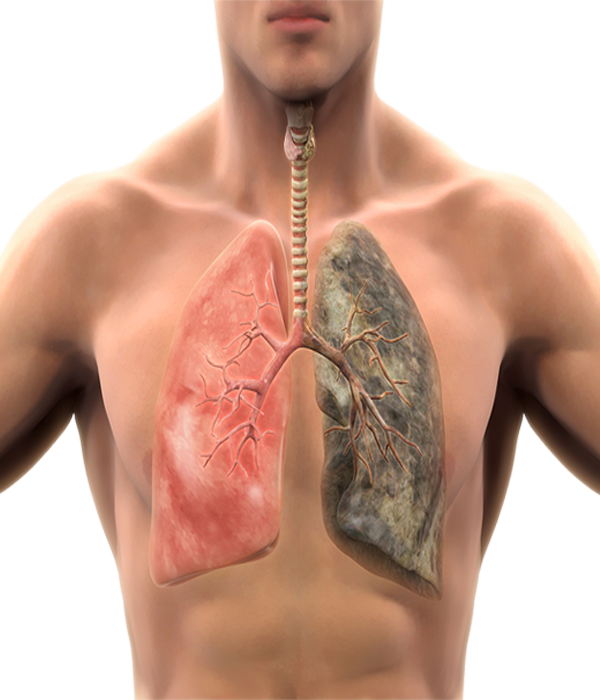




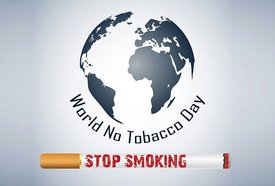
[0]}})


